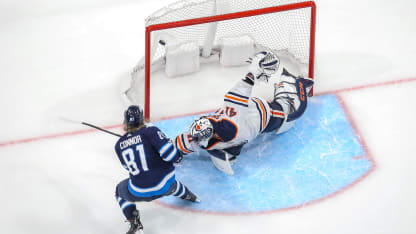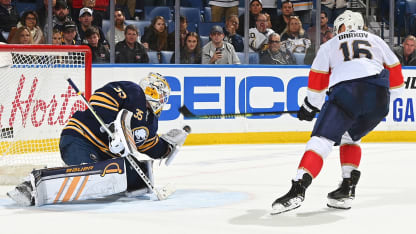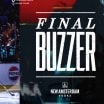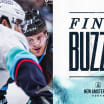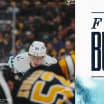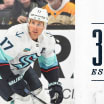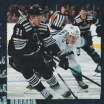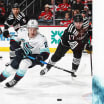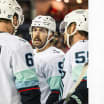Every NHL game goes into overtime when the score is tied after three 20-minute periods. Overtime during the regular season is five minutes and involves just three skaters (a combination of forwards and/or defensemen) plus a goalie on each side. The first team to score gets two points for the win and losing team gets one point in the standings. It makes for lots of offense and some quick endings to games because superior playmakers thrive with more open space on the ice. In fact, some coaches don't even ice a defenseman in their OT lineups because they are banking on their own playmakers to control the puck in a wizardry flow.
Before explaining the shootout rules, one important distinction about NHL overtime: The five-minute overtime and shootout are only deployed during the regular season. There are no shootouts during the Stanley Cup Playoffs. If teams are tied, they get a normal between-periods rest time, then head back to the ice for a 20-minute fourth period. The first team to score is the game winner and the defeated team lose ground in the best-of-seven series (first team to four victories wins the series).
Playoff overtimes are legendary and, all due respect to playoff beards, make hockey so especially fun to watch in April, May and June. Some overtimes are famed for length--second overtimes (a fifth 20-minute period) are not uncommon, players hydrating and eating for energy between periods. Other memories stem from unlikely heroes scoring the goal because he had "fresh" legs from not playing much during regulation. Some overtimes decide a series and, arguably, can propel a team to a decade of Cup contention.
NHL overtimes bear their own set of statistics. Two-thirds of regular-season overtimes end with a winning goal. That goal is typically scored two-plus minutes into the overtime period.
